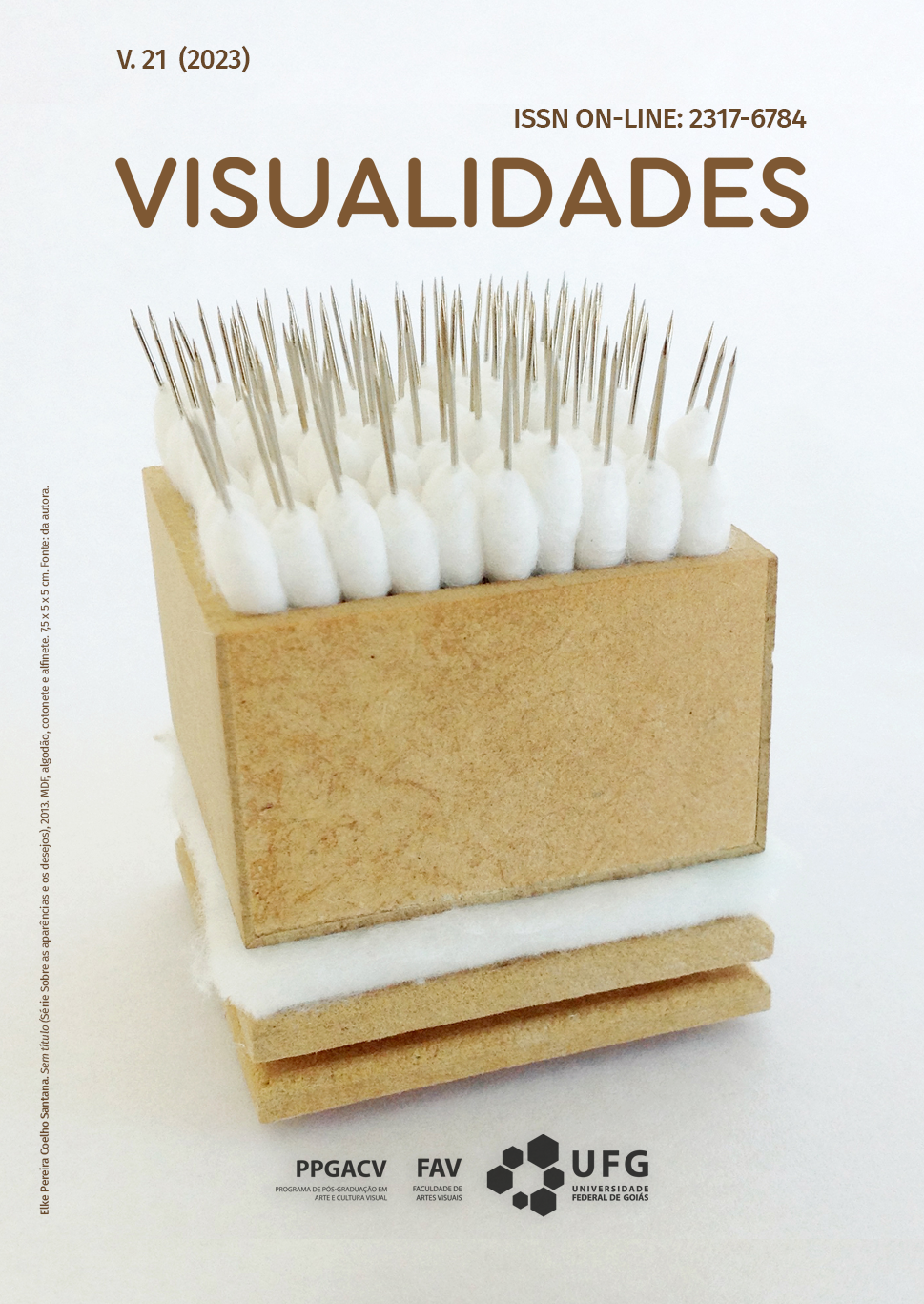The irony of social realism: Sots-Art as an early stage of Russian Postmodernism
Keywords:
sots art, social realism, soviet art, russian literature, postmodernismAbstract
Socialist art, which is shortly known as Sots-art is an art movement derived from the reality of Social realism by the late 1950's. The term was first used in 1972 by the artists Vitaly Komar and Alexandr Melamid to define the brand-new Russian pop-art as an alternative to American pop art. Sots-art is an ironic expression of oppresive social realism, therefore, allegorically approaches to Soviet totalitarism using typical Soviet discourses. Sots-art is quite closely related to Moscow (Russian) Conceptualism, namely share similar grounds, and therefore usually associated to it. One can say with certainty that both share the same views on art such as destroying the classic sense of art and creating a new art form. Sots-Art is also closely related to postmodernism, not only in terms of sense, but also technically. The movement makes use of postmodernism’s beloved techniques like deconstruction, intertextuality, and other rhetorical devices to release his voice. In this respect it is regarded as an essential component of Russian conceptualism and postmodernism. Having known that Soviet discourses played a crucial role in Soviet society’s memory, Sots-artists took advantage of its plain but picturesque language and inverted it to an Anti-Soviet art using the slogans and expressions that are inherent in them. Sots-art, as an art movement tends to reconsider and reevaluate the Soviet past by defamiliarizing, estranging socialist clichés. The reflections of this estrangement can be seen both in art and literature; especially in the works of Ilya Kabakov, Erik Bulatov, Dmitrri Prigov, Lev Rubinstein and Vladimir Sorokin. The history of Sots-art movement, its’ features and correlation with Russian postmodernism are examined and discussed in this paper.
Downloads
References
ALEXANDER Kosolapov on his project “Lenin-Coca-Cola”. Disponível em: <https://www.youtube.com/watch?v=ixrQ1CIavSQ>. Acesso em: 26 abr. 2017.
BALINA, M. Endquote: Sots-art literature and Soviet grand style. Evanston: Northwestern University Press, 2000.
BIOGRAFIYA Kazimira Malevicha. Disponível em: <http://www.kazmalevich.info/malevitch/biografiyakazimiramalevitcha.html>. Acesso em: 06 maio 2017.
BULATOV, E. Chto Takoe konseptualnoe iskusstvo? Disponível em: <https://www.youtube.com/watch?v=pHSUACZPRWA>. Acesso em: 09 maio 2017.
DANILOVA, A. V. Sovetskiy muzikalnıy mif i estetika Sots-arta v tvorchestve E. Denisova, Problemy sovremennoy nauki i obrazovaniya, n. 4, v. 34, p. 157-159, 2015.
DZHANYAN, N. L. Buldozernaya vystavka: Kommunikatsiya po povodu svobody, Teoriya i praktika obschestvennogo razvitiya, n. 8, p. 114-116, 2011.
EPSTEIN, M. N. Postmodern v Rossii: literatura i teoriya. Moscou: LIA Elinina, 2000.
GROYS, B. Fotografiya v kontekste teksta. Disponível em: <https://pub.uni-bielefeld.de/download/2305017/2305036>. Acesso em 12 jun. 2017.
JITENEV. A.A. “Bumazhnaya” estetika Moskovskogo konseptualizma. Vestnik Permskogo Universiteta, Rossiyskaya i zarubezhnaya filologiya, n. 1, v. 13, p.77-82, 2011.
KURITSYN. V. N. Russkiy literaturnıy postmodernizm. Moscou: OGI, 2001.
OTYYETS Sots-arta. Melamid bez Komara. Disponível em: <https://www.youtube.com/watch?v=G0kwruGlffo>. Acesso em 16 abr. 2017.
Putina ne vypustili iz rossii. Meta novosti. Disponível em: <http://news.meta.ua/archive/31.05.07/cluster:6526602-Putina-ne?vypustili-iz-Rossii/>. Acesso em 05 maio 2017.
STANGOS. N. Concepts of Modern Art: from Fauvism to Postmodernism. USA: Thames & Hudson, 2003.
Downloads
Published
How to Cite
Issue
Section
License
Copyright (c) 2023 Visualidades

This work is licensed under a Creative Commons Attribution 4.0 International License.

This work is licensed under a Creative Commons Attribution 4.0 International License .
Authors who publish in this journal agree to the following terms:
a. Authors retain the copyright and grant the journal the right of first publication, with the work simultaneously licensed under the Creative Commons Attribution 4.0 License which allows the sharing of work with acknowledgment of authorship and initial publication in this journal.
b. Authors are authorized to take additional contracts separately, for non-exclusive distribution of the version of the work published in this journal (eg publish in institutional repository or as a book chapter), with acknowledgment of authorship and initial publication in this journal.
c. Authors are allowed to publish and distribute their work online (eg in institutional repositories or on their personal page) after the initial publication in this journal, as this can generate productive changes, as well as increase the impact and citation of the published work ( See The Effect of Free Access).
Every effort has been made to identify and credit the rights holders of the published images. If you have rights to any of these images and have not been correctly identified, please contact the Visuals magazine and we will publish the correction in one of the next issues.






